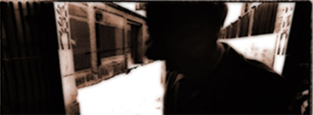Blues for Amalia
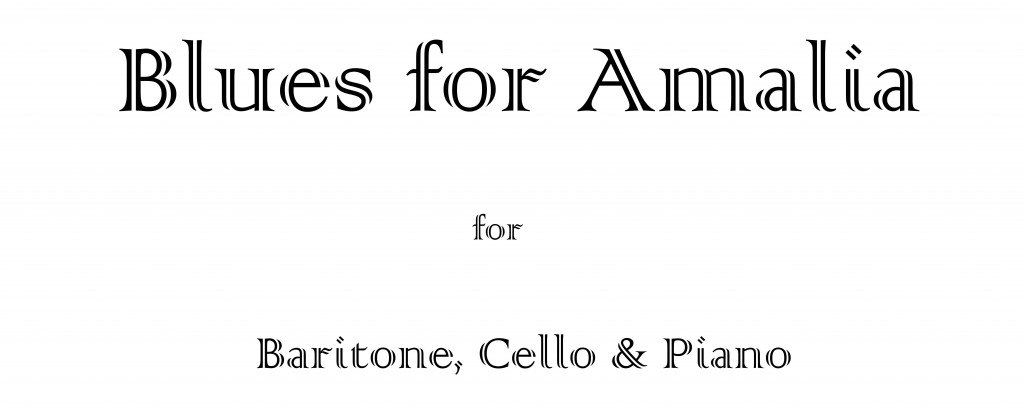
The Fundament
The starting point for this piece was A’s description of M, initially in a recording studio/situation, with her long hair down, abandoning herself to the music. Afterwards she walks out, her hair put up in a tight knot, towards other appointments, most of the time in strong contrast to her performing side.
I decided to use one existing Lied and one Blues. Certain similarities but completely different attitudes. These two state of minds were combined put in foreground / background, etc. My aim was to get a clear and pure Blues while the Lied’s expression was suppressed in anger. To clarify this musically, the cello played with a ton-wolf sordine and the piano shall be prepared for the “lied-parts”. The voice is in certain sections based only on fragments of the text, i.e more sounds than words. During the blues, the cello is retuned in an “open-blues-guitar-tuning” and the voice is partly in falsetto. The piano never touches the blues, it just continues without reflecting, with its suppressed life.

The Lied
Franz Schubert’s “Amalia” from 1815. Text by Friedrich von Schiller. The poem comes from Schiller’s play “Die Räuber” (The Robbers). Amalia, sitting in her garden, is thinking of her banished lover, Karl. The dramatic situation here resembles that of Gretchen at her spinning-wheel; Amalia’s soliloquy moves, like Gretchen’s, from composure and recollection through passionate imaging’s (A Major), to a recognition of her own loneliness and despair (a minor).
I chose this one due to the clear division, the contrast. Major-minor, happiness-sorrow, freedom-inhibition, etc. The vocal part is based on the original; the exact note but lowered two octaves, in different durations/length and mainly on one syllable. I start of with a quotation from Amalia, an interlude for cello and piano, in tune and not prepared. It slowly starts to crack just to slightly show what we are heading towards. But here, the duo think they’ll make ends meet in the grandiose opening of the “Forellequintett”. Now the pianist slams the lid, gets up and starts preparing the piano. Then he/she is off on a private, surprised journey, while the cello and voice start to interact.

“Poor Schubert”
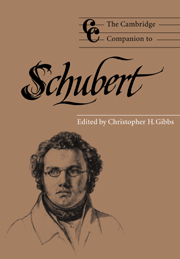
(Extracts from “Images and legends of the composer” by Christopher H. Gibbs, 1997)
”Why Schubert is blues. He was hospitalized in 1823, most likely with syphilis. In a letter to his friend Kupelweiser he writes in March 1824: ’I feel myself to be the most unhappy and wretched creature in the world. Imagine a man whose health will never be right again, and who in sheer despair over this even makes things worse and worse. Instead of better; imagine a man, I say, whose most brilliant hopes have perished, to whom the felicity of love and friendship have nothing to offer but pain, at best, whom enthusiasm (at least of the stimulating kind) for all things beautiful threatens to forsake. And I ask you, is he not a miserable, unhappy being?”
”The image of Schubert is constantly shifting. For example, the canon of his most highly valued compositions continues to shift, so that Winterreise (D911), with its existential despair, sometimes eclipses the less disturbing Die schöne Müllerin (D795).”
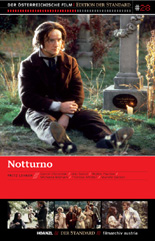
”An example of the evolving image of Schubert is a handsome portrait, unsigned, of a young man seated at a piano; a pencil at the instrument suggests a composer. Both the identification of Schubert and the attribution to the Viennese painter Josef Abel have been questioned. But the image is being disseminated all the same, appearing on record covers, in program books and in the popular press.”
”Fritz Lehner’s gripping film Mit meinen heissen Tränen (1986) introduced a darker Schubert – not simply suffering – but alienated, ill and isolated even among family and friends. While Lehner’s film was creating a considerable stir in Europe, Maynard Solomon’s investigations of Schubert’s ’possible homosexual orientation’ and ’compulsive hedonism’ preoccupied the attention of English-speaking countries.”
The Blues
Hard time killing floor blues – the original from Skip james via Chris Thomas King in “O Brother, where art thou?” (A Film from 2000 by Joel & Ethan Coen). The text is originally about the hard life in the Meat districts (the killing floors in the slaughter houses), during the depression in the early 30’s of Chicago.
I’ve transcribed the song, retuned the cello (C string to D), which is here playing the guitar-part pizzicato in an “open-blues-guitar-tuning” (D/G/D/A). The blues is played without sordine and is little by little infiltrated into the “Lied”.
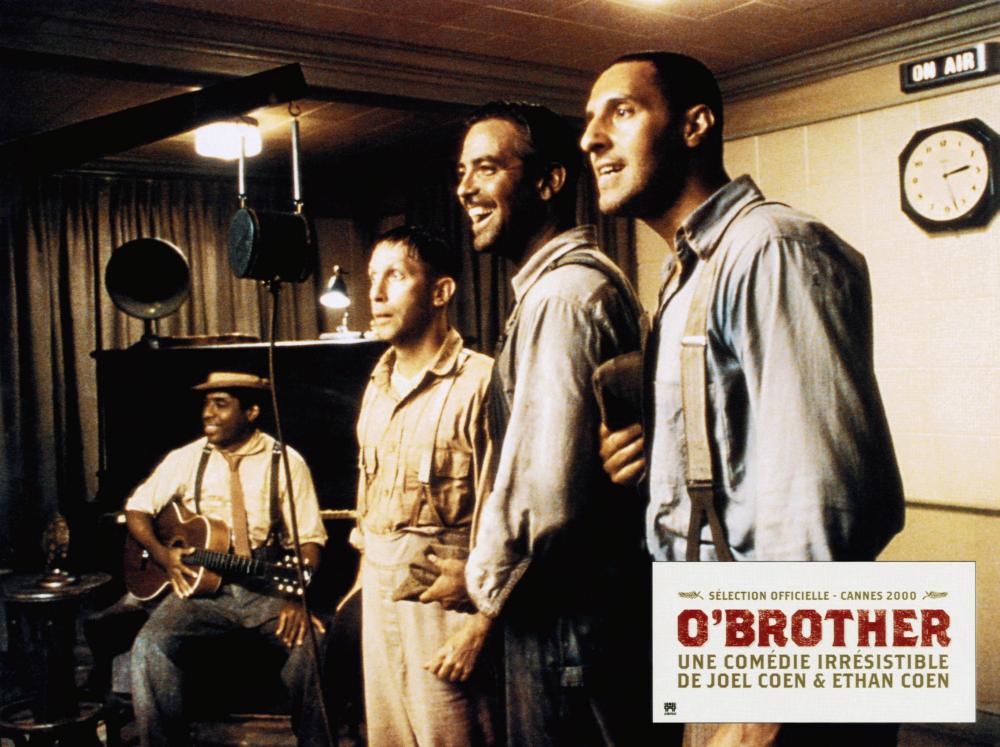
Performance
First performance at the Academy of Stage and Music in Gothenburg in March 2007. Commissioned by Märtha Schéle.
Links
”Blues for Amalia” – longer presentation in swedish (pdf from 2008)

